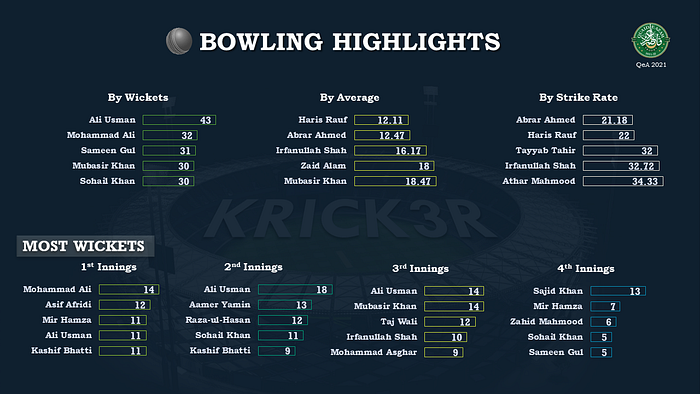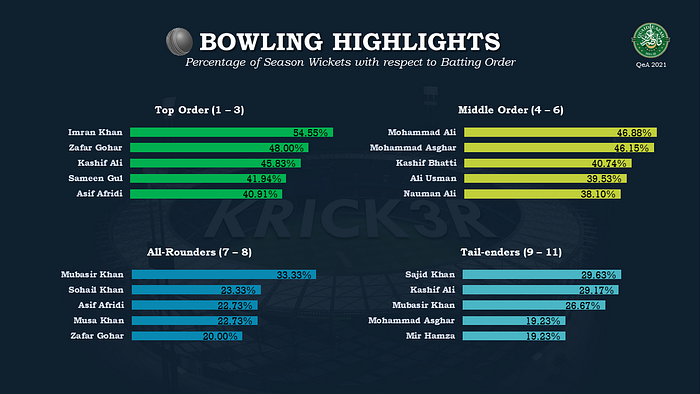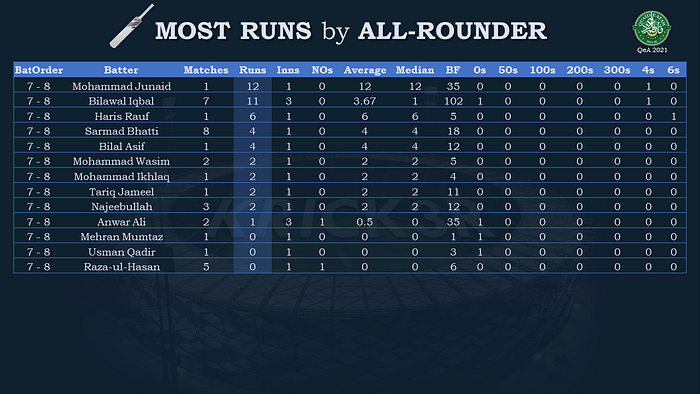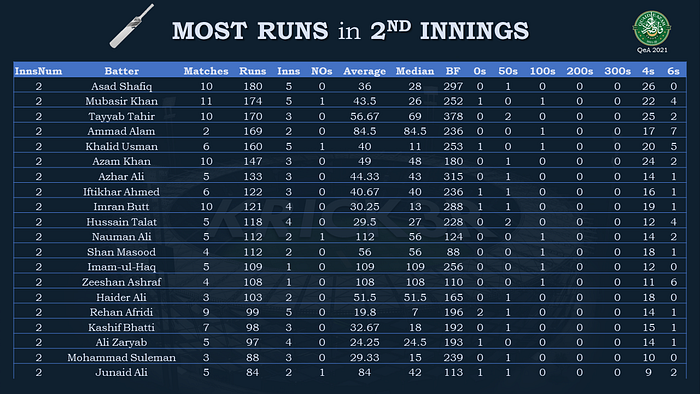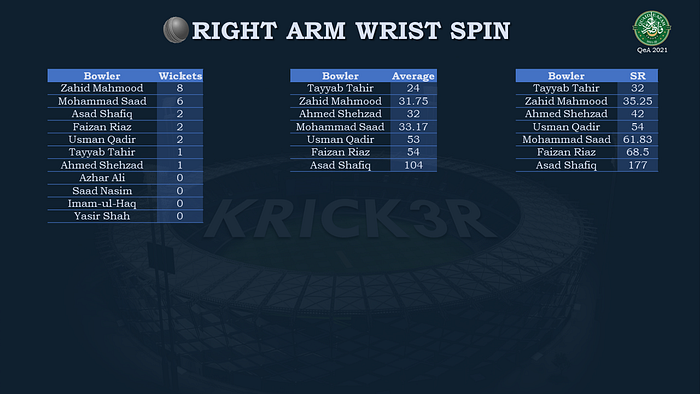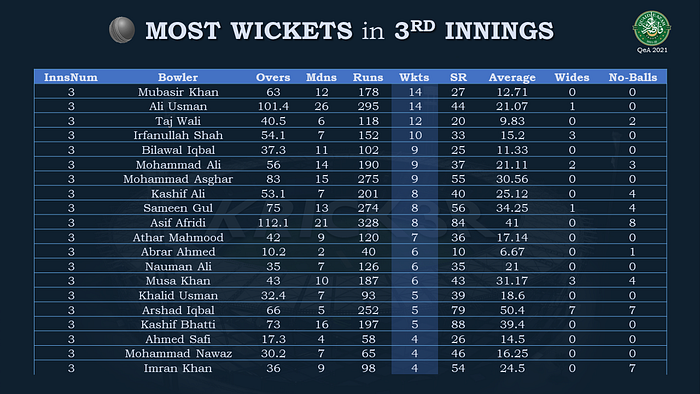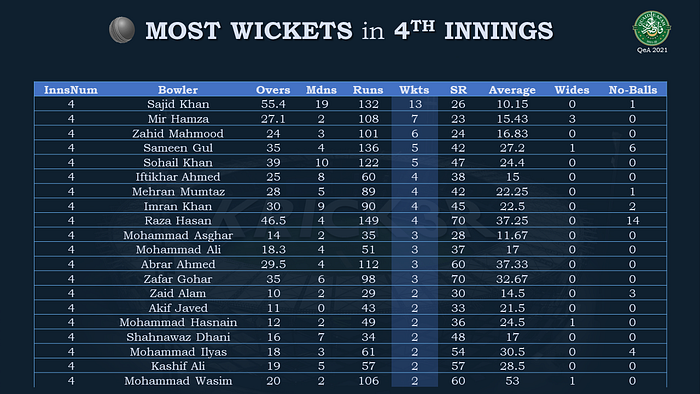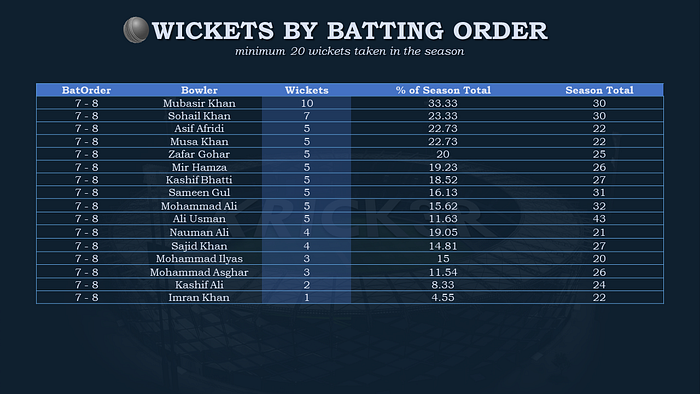Published on May 15, 2022 in BolNews Print Magazine
“Why did he do that?” It has been five years since
Fazeer Mohammed uttered those iconic words on-air. The words of agony and
bafflement to describe a historic moment in Test Cricket – Pakistan winning a
Test Series in the Caribbean, for the first time in history. The words became
iconic, for those words described, appropriately, the context, the drama and
the inexplicable nature of the last delivery of Pakistan’s Test Series in West
Indies in 2017.
Shannon
Gabriel was required to see out one more delivery, Yasir Shah’s final delivery
in the Test Series, that would have left Roston Chase, the resilient all-rounder,
who had negated Pakistan bowling the whole final day, to face the last over and
deny Pakistan their first ever Test Series win in the Caribbean. Shannon had
batted out 21 deliveries with a trust in his defense, but then, in that one of
the most unfathomable moments in Test Cricket’s history, he swung wildly at a
loopy wide delivery from Shah and ended up dragging the ball on to his off
stump, triggering in Dominica, one of the most memorable scenes of Pakistan’s
Test history.
Moments
before that delivery, Younis Khan, standing in the first slip, was seen
advising Yasir Shah to bowl that delivery, a loopy wrong-un outside the off
stump. The tip turned out to be the last act of Younis Khan in international
Cricket, a fairy-tale end to a glorious International career. Not just him,
Dominica Test bid the most fitting farewell to another remarkable player from
the country, the then captain, Misbah ul Haq. On that day, Misbah became the
first and the only Pakistan Test captain to defeat West Indies in West Indies,
and the day was May 14, 2017.
It has been
5 years since MisYou, the retirement of Pakistan’s two iconic Test
batters, Misbah and Younis. The duo had a phenomenal run, specially under
Misbah’s captaincy. Phenomenal enough for numerous parallels to be drawn and a
lot of questions to be asked, even during that period, whether Pakistan will be
able to fill their void whenever the two decides to hang their boots.
Unexpected for many, the duo decided to retire at the end of the same Test,
that left no room for seamless succession of the two batters and also the
captain, Misbah ul Haq, who had captained the side for seven years.
Five years
on, it is probably the right time to look back if Pakistan managed to fill the
void of Misbah and Younis, the Test batters, and Misbah the Captain. Five years
is probably the appropriate sample size for such analysis. And to keep the
review even more fitting, to compare the five years after Misbah and Younis
(May 2017 – May 2022) with the five years before that point in time (May 2012 –
May 2017).
Test Results
Pakistan
played 43 Tests between May 2012 and May 2017 as compared to 34 Tests since May
2017. In terms of results, Pakistan’s performance remained pretty much the
same. Pakistan won 39.53% (17 Tests) during May 2012 and May 2017 as
compared to 38.24% (13 Tests) from May 2017 onwards.
Pakistan Middle Order
During May
2012 to May 2017, 14 players batted for Pakistan in Tests in Middle Order
(batting positions 4, 5 and 6) and 15 players from May 2017 onwards.
In
comparison, the number of innings have been 27% less since May 2017 onwards.
While the Strike Rate remains almost identical and the number of 50s and Runs
scored remain proportionately similar, there has been significant variance in
batting average and the number of 100s scored in the two periods.
These
numbers also include the instances where a night watchman or a pinch hitter was
sent ahead of designated number 4, 5 or 6 in the batting order. It also
includes the instances where a top order batter came out to bat in the middle
order as a result of a night watchman or pinch hitter sent ahead of him.
If such makeshift instances are excluded, 6 designated
batters during May 2012 to May 2017 and 9 batters since May 2017 batted for
Pakistan in Tests at batting position 4, 5 or 6.
Among those
designated batters the variance in batting average during the two periods still
remain significant. Pakistan Middle Order has averaged 6 runs less in 5 years
since the retirement of Misbah and Younis as compared to during the 5 years
before their retirement.
How much
was the contribution of Misbah and Younis in these numbers? To ascertain that,
let’s break down the same numbers to the individual batters.
Almost all
of the 219 such innings in 43 Tests, during May 2012 and May 2017, featured
Younis, Misbah and Asad Shafiq at number 4, 5 and 6 respectively. Babar and
Sarfaraz played as designated middle order during the absence of Younis Khan in
2016 Series against West Indies in UAE and Rizwan debuted as specialist batter
in New Zealand, in the absence of Misbah ul Haq.
All the
three regulars in that period – Younis, Misbah and Asad – averaged more than
40. Younis averaged more than 50 with Misbah not far behind him. These numbers
do not include the instances where Sarfaraz promoted up the order (where he
scored at quicker rate), still his Strike Rate stands out with all other
batters scoring with a strike rate of around 50.
In
comparison, Pakistan tried 9 batters in the Middle Order since May 2017. Babar
Azam featured the most as he found his permanent slot at number 4 after the retirement
of Misbah and Younis. Asad Shafiq was expected to move up the order and fill
the void. He did go past the 50 mark in 11 out of 35 innings – that is, roughly
once in every three innings – but still, had dismal batting average, largely
due to significant failures when he did not go beyond the 50 mark. Haris Sohail
had a similar story. He went past 50 mark once in every four innings but his
batting average remained abysmal due to failures in between.
The
replacement, Fawad Alam, has maintained a decent average and not surprisingly,
he has gone past the 50 mark once in every four innings. Pakistan also tried
Iftikhar Ahmed and Azhar Ali on a few occasions but neither produced the expected
outcome. In between, Usman Salahuddin also featured in one of the Tests and was
never considered again.
Another
significant change in Pakistan’s Test strategy, after the retirement of Misbah
and Younis, was the change in combination. Till the retirement of the duo,
Sarfaraz Ahmed, Pakistan’s regular Wicket Keeper during that period, played only
2 Tests as designated number 6 batter, in the absence of Younis Khan and with
Mohammad Nawaz in the side as an all-rounder. In Tests since May 2017, however,
Sarfaraz Ahmed or Mohammad Rizwan, the two wicket keepers, have featured as
designated number 6 batter in 17 out 34 Tests. That 6-batter strategy changed mainly
due to the emergence of Shadab Khan and Faheem Ahsraf. It got further bolstered
with Rizwan’s exceptional form with the bat since 2020 England tour. Rizwan has
been in sublime form since then, maintaining batting average of a specialist
batter.
Although
the combined batting average of Pakistan Middle Order since May 2017 has been
significantly lower compared to that of 5 years before May 2017, Rizwan has
averaged (47.46) much better than Asad Shafiq (41.09), Pakistan’s regular
number 6 during Misbah and Younis time.
In summary,
the variance specially in Batting Averages of Pakistan Middle Order, since the
retirement of Misbah and Younis, is considerable. Not surprisingly, Babar’s
numbers stand out in all aspects. Maintaining a healthy batting average, a
decent Strike Rate and going past 50 mark virtually every other innings. Babar
Azam has been the stand out performer for Pakistan since the retirement of
Misbah and Younis. Fawad Alam has provided him good support while Mohammad
Rizwan has stepped up as a competent number 6 batter. The variance is mainly
due to the below par performance of Asad Shafiq and Haris Sohail, the pair that
was given the first priority as replacement of Misbah and Younis. The good part
for Pakistan is that, that the latest trio has performed much better.
The
results, however, have remained pretty much the same. That’s partly due to Pakistan
having a much more consistent top order than the one Pakistan used to have
between 2012 and 2017.
To
conclude, Pakistan had lesser impact than expected of retirement of Misbah ul
Haq and Younis Khan. Pakistan Middle Order did struggle initially but has now
settled to a decent lineup. The lineup that may not become a replica of Misbah
and Younis over time but it is definitely worth biding some time.






















